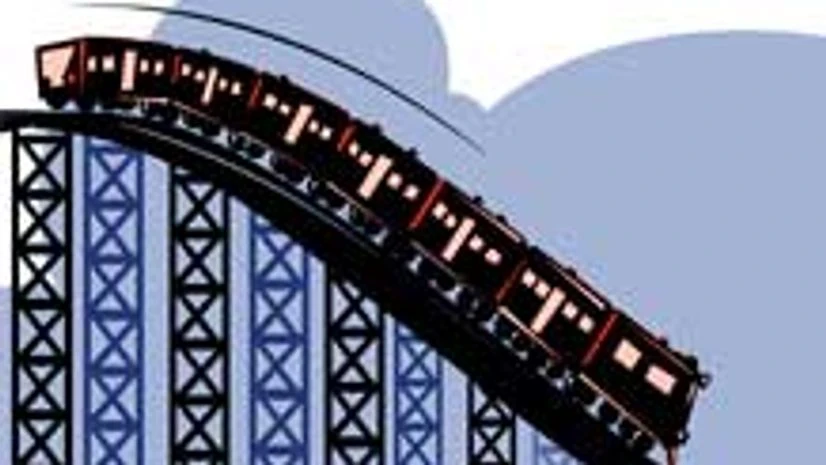Post May 2014, we started with a hope that a pro-growth government elected with a clear majority after nearly three decades will revive growth. Then, we expected RBI would reverse the interest rate cycle as the rates peaked. Improving global scenario, especially the continued liquidity influx by various central banks was the third pillar on which the market rallied. And the fourth was falling crude oil prices, which helped the government control twin deficits, fiscal and current.
Foreign institutional investors (FII) continued to invest in India since month after month these pillars were being fortified. These reasons led to Indian markets being one of the best performing one in calendar 2014.
Come 2015 and suddenly the pillars have started crumbling. Since global markets continue to do well, non-performance of Indian markets have to be on account of domestic reasons.
ALSO READ: Buying by local funds balance FII sell-off
Also Read
There is no visibility on ground yet, on government’s action impacting the economy. Economic data print continues to be dismal which is also reflected in poor corporate numbers. Government’s inability to get critical bills passed is also viewed negatively by the market. Cracks in the first pillar are clearly visible.
Raghuram Rajan, governor of Reserve Bank of India has already announced two rounds of interest rate cuts. But there was little impact on the economy as banks refused to pass the rate cuts. It was only when Rajan said during the latest policy announcement that further cuts will depend on the impact of transmission of previous rate cuts on the economy, that some of the banks agreed to pass on a portion of the rate cuts. Those cuts are still seen to be neglibible and half-hearted.
Poor quality of balance sheets is preventing banks from passing on the rate cut benefits fully. Though the interest rate cycle has turned, it is only superficial. No benefit has yet accrued to the economy. It is not surprising that among the stocks that are leading the fall in the market are banking stocks, especially PSU banks. They were the ones that led the rally in the market on hopes of an improvement in the balance sheet and being the biggest beneficiary of a government induced growth. Their crack is reflected on the second foundation of the market rally.
The third pillar of market rally, that is global economy is wobbly at best, but is still standing thanks to liquidity being pumped in by various central banks and near zero interest rate being maintained by most of the developed economies.
But it’s the fourth pillar, which has now developed cracks and is causing Indian equity markets to fall. Oil prices which had crashed on account of lower demand and increased supply has started to rise. Yemen’s attack on Saudi Arabia and supply related issues from Libya have pushed up oil prices.
Oil prices are more important for Indian economic performance. India imports inflation if oil prices rises. This prevents the RBI from reducing interest rate going further. Higher oil prices also disturb the fiscal and current account deficit which will prevent the government from increasing spending going forward.
Growth in the Indian economy is to a large extent dependent on the push from government spending. Higher crude oil prices will add to government’s hesitation in increasing spending. This is especially true for the current finance minister, Arun Jaitley who seems to be more inclined to meeting his fiscal deficit target rather than his growth target.
So watch out before you jump in to the markets based on the current falls.
So watch out before you jump in to the markets based on the current falls.

)
